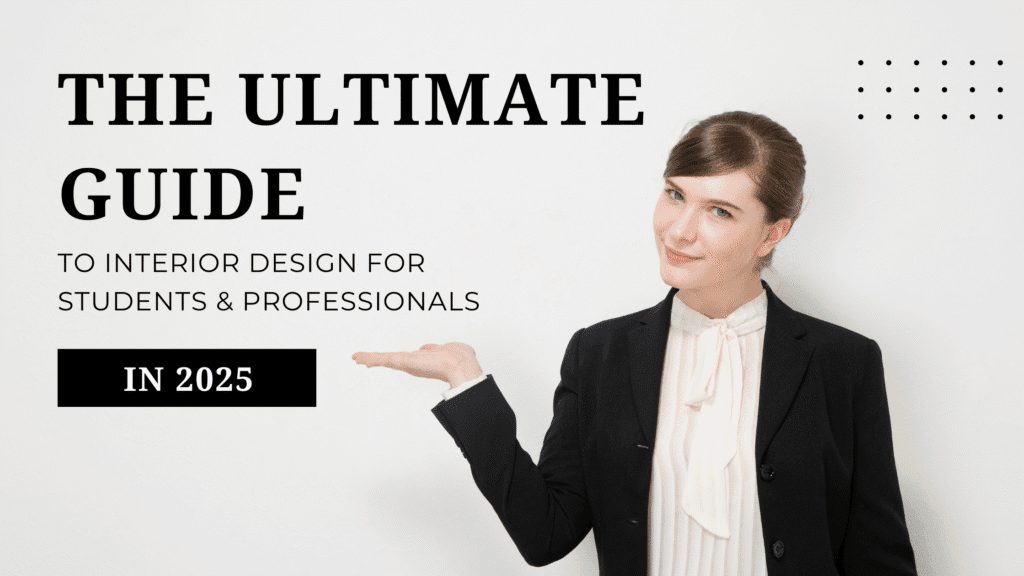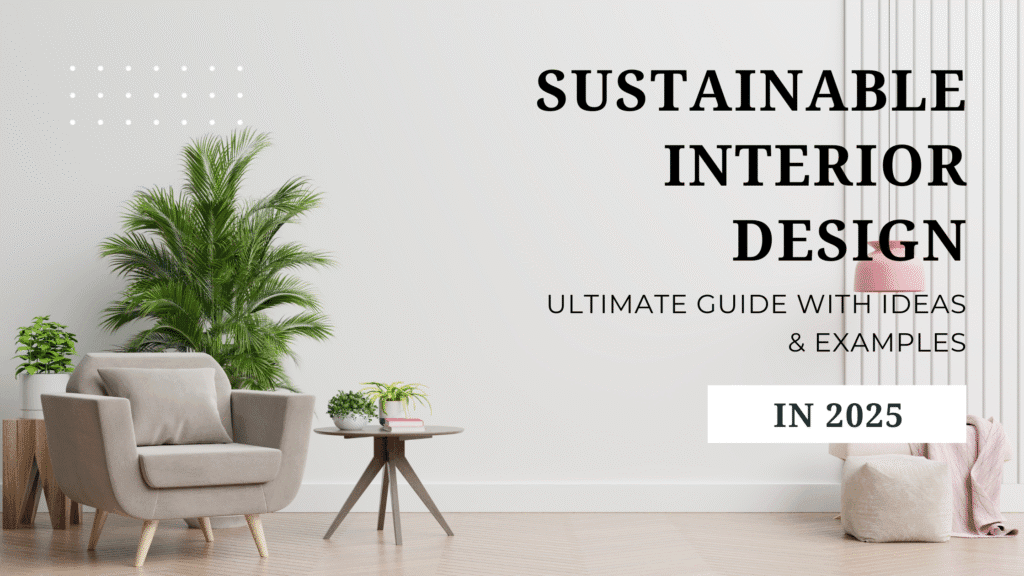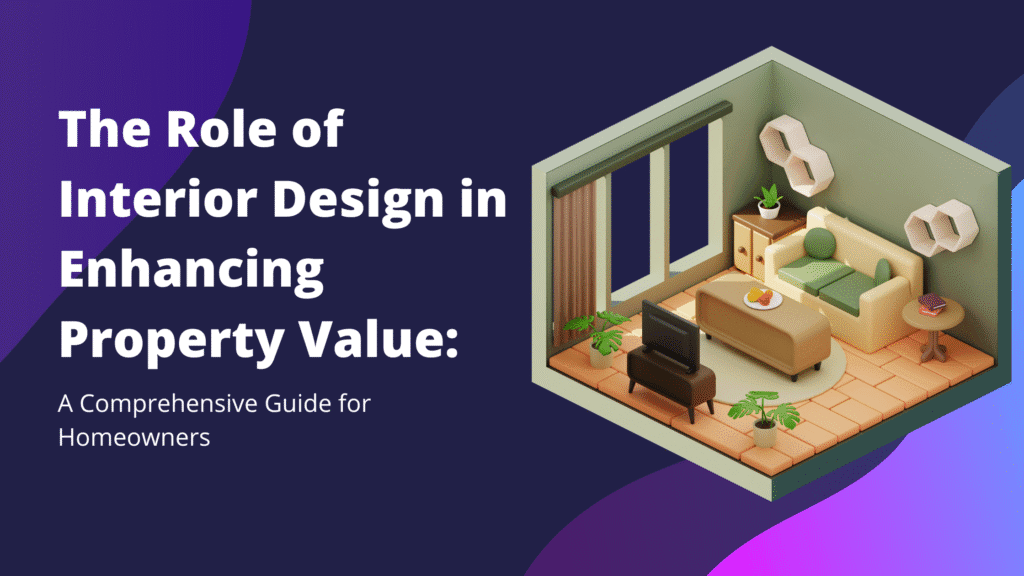Interior Design: A Guide for Students and Professionals 2025
Interior design isn’t just about tossing cushions or choosing wall paint. It’s about creating environments that make people feel at home, inspired, and comfortable—whether in a cozy studio flat or a state-of-the-art office. If you’re a student eager to break into the world of design, or a professional looking to sharpen your edge, you’ll want equal parts imagination, technical chops, and business savvy.
Let’s cut through the noise and get straight to what really matters in interior design today.
What Is Interior Design?
Here’s the heart of it—interior design is where art meets science. It’s the practice of shaping interiors so they’re as functional as they are beautiful. The best spaces support the way people live, work, and unwind. Sure, aesthetics matter, but the real magic happens when good design quietly makes your life easier (without you even noticing).
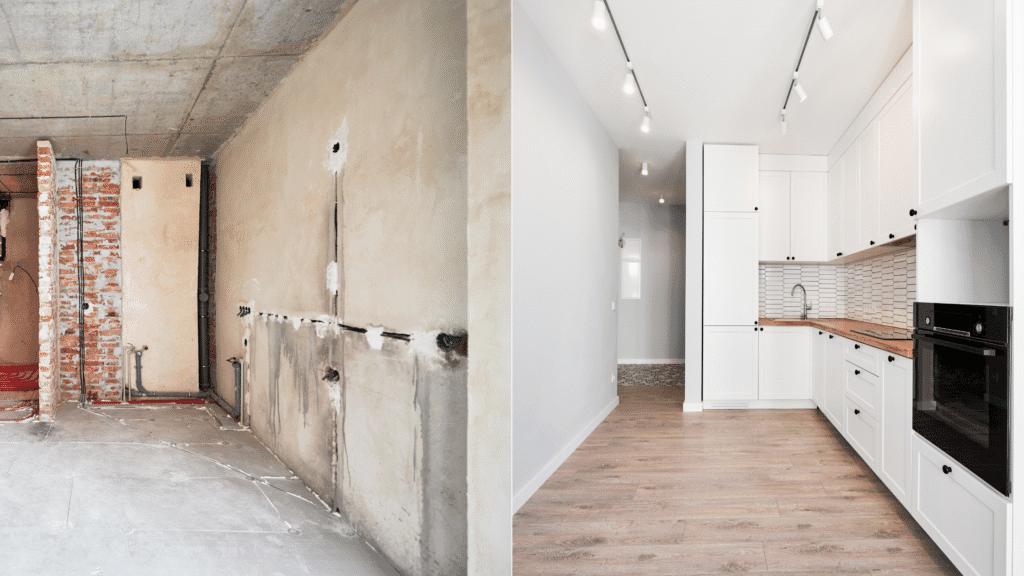
Ever notice how a well-lit coffee shop feels cozier, or an open-plan office makes teamwork a breeze? That’s by design—literally. As a student, start by understanding this balance of form and function. Pros, don’t forget: your job is to solve human problems, not just decorate.
Steps to Launch Your Interior Design Journey
For Students: Laying the Foundation – Education, Skills & Tools
If you’re just setting out, invest in a solid interior design course. The best programs teach:
- Color theory and how spaces affect mood
- Hands-on drafting and 3D modeling (think SketchUp or AutoCAD)
- How to listen to clients’ needs and design to solve real problems
- Mastering software every designer uses these days—Canva for mood boards, Revit for complex models
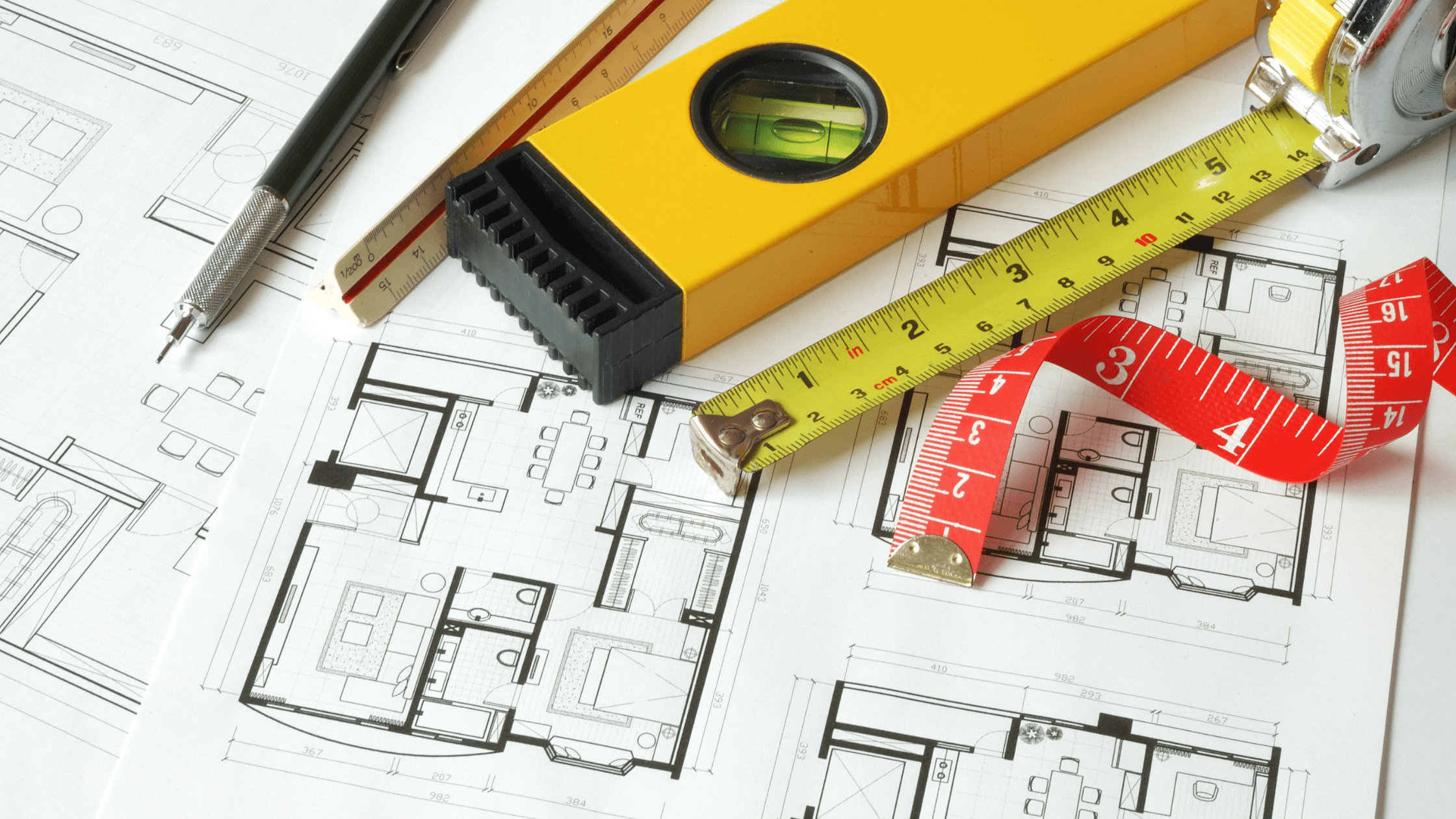
Essential interior design tools in 2025 include:
- SketchUp – beginner-friendly 3D modeling (free for students)
- AutoCAD – the industry standard for technical precision
- Canva – for mood boards and creative presentation
- Revit – for advanced 3D modeling and project visualization
Here’s a little advice: Build your portfolio early—include coursework, freelance, and personal projects. Don’t wait for your “big client” to start a portfolio. Include classroom projects, individual experiments, or even mock-ups for friends. Every piece adds up and tells your story.
For Professionals: Elevate Your Practice
Already have your degree and some projects under your belt? The journey doesn’t end there. Stay curious—track trends like eco-friendly interiors or biophilic design (bringing a touch of nature inside).
Make sure you show up when someone googles “interior designer near me”—your online profile should be current, with updated services, real project photos, and glowing client reviews.

Share more than just pretty pictures. Walk people through the design choices you made, the challenges you faced, and the results you delivered. This tells clients, “I’m not only stylish, I’m practical and results-driven.”
To stay visible when people search “interior designer near me”:
- Optimize your Google Business Profile (address, services, portfolio)
- Collect authentic reviews
- Showcase completed projects with images + client testimonials
For credibility, explore resources like the American Society of Interior Designers (ASID) or CIDA-accredited programs
Project Tips: Real-World Interior Design Examples
If you learn best by example, start here.
- Bedroom interior design: Make it restful and personal. Soft color palettes, layered lighting, and layouts that feel intimate.
- Modern living rooms: Open spaces are in, but zoning (using rugs or lighting) creates cozy spots for different activities.
- Workspaces: Ergonomics, daylight, and personal touches keep people happy—especially in this hybrid-work era.
Pro tip: Every project photo you use should have descriptive ALT text, like “modern bedroom interior design example”—it helps with SEO and accessibility.
Frequently Asked Questions

Q: What’s the difference between an interior designer and a decorator?
A designer shapes the bones of a space—layouts, materials, structure—while a decorator focuses on colors, furnishings, and finishing touches.
Q: How much does an interior designer cost?
Rates vary depending on city, experience, and project scope. In India, expect ₹80–₹300 per sq. ft. International projects may cost more—always ask for a detailed estimate.
Q: How do I choose the best design course?
Look for CIDA-accredited programs; check alumni careers, and browse course reviews. If online, ensure both theory and key software are covered.
Key Takeaways & Next Steps
- Students: Build your foundation. Pick a strong course, hone your digital skills, and keep adding to your portfolio.
- Professionals: Update your web presence, push into new design trends, and lead with client results.
- Everyone: Stay engaged—swap ideas, attend design events, or just experiment. This community thrives on learning and sharing.
Thinking about your next step? Whether it’s your first course or your next dream project, reach out to discuss mentorship or collaboration!
